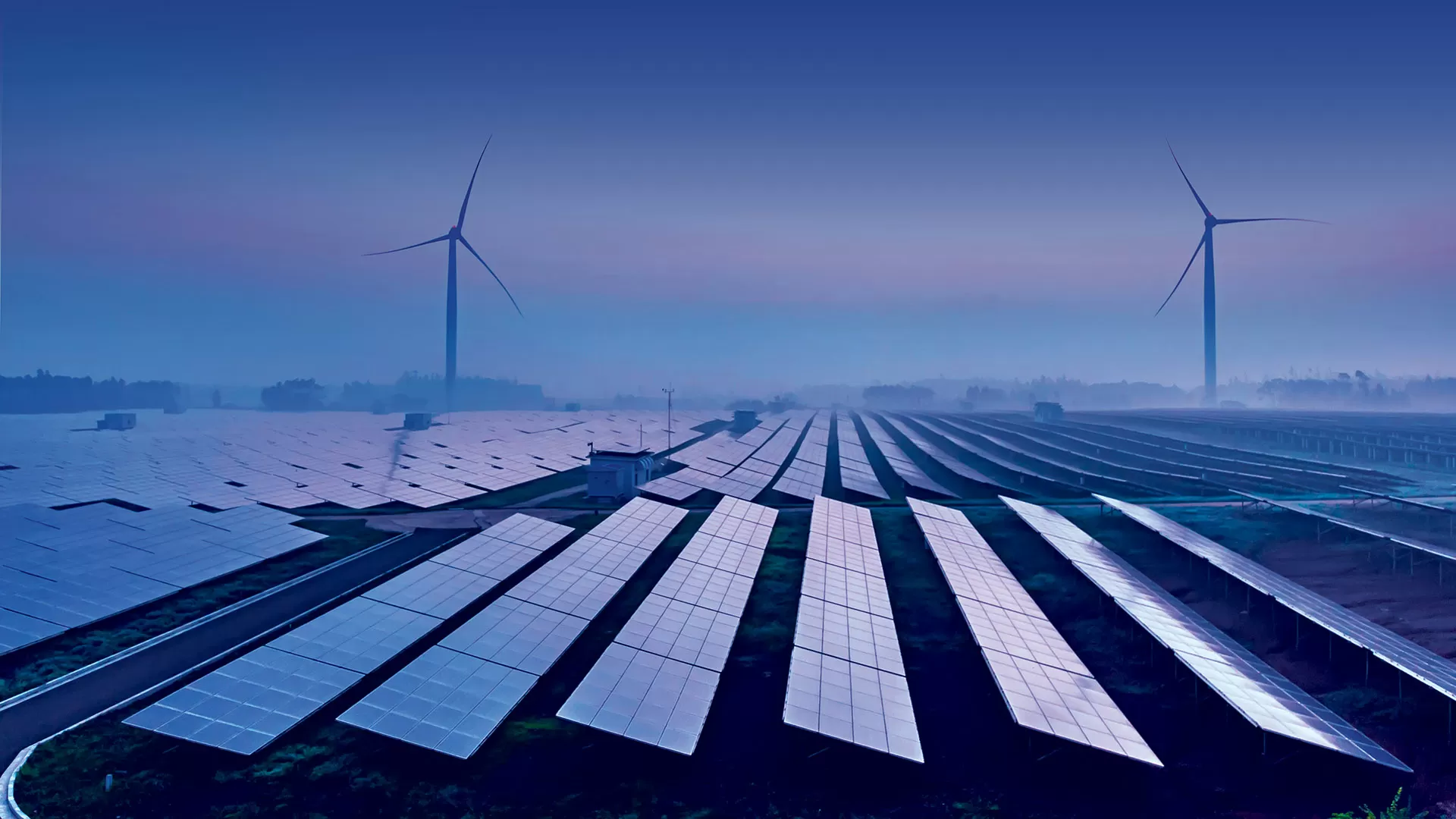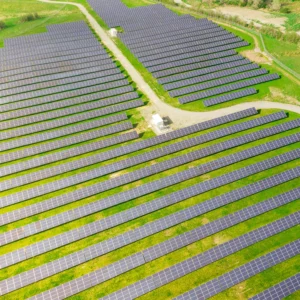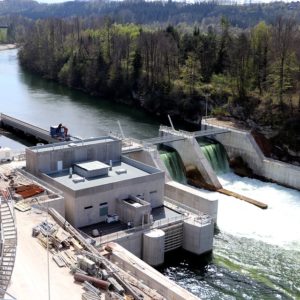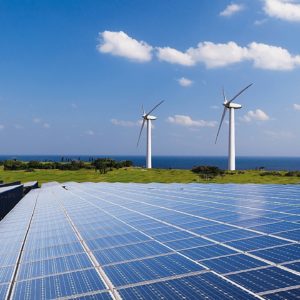Description
Course Title: Integration of Renewable Energy into the Power Grid: Balancing Supply and Demand
Course Description:
The course “Integration of Renewable Energy into the Power Grid: Balancing Supply and Demand” offers a comprehensive and illuminating exploration into the dynamic challenge of incorporating renewable energy sources into the complex power grid. As the world transitions towards sustainable energy solutions, understanding the intricacies of grid integration, supply-demand balance, and grid stability is of paramount importance. This course delves deep into the technical, economic, and regulatory aspects of integrating renewable energy, equipping participants with the knowledge and skills to navigate the complexities of a renewable energy-driven power system.
Course Overview:
Module 1: Introduction to Grid Integration of Renewable Energy
Embark on a foundational journey into the world of grid integration of renewable energy. Study the significance of incorporating solar, wind, and other renewable sources into the power grid. Understand the challenges of intermittency, variability, and the need for supply-demand balance.
Module 2: Power Grid Fundamentals
Dive into the heart of power grid fundamentals. Study the components of the power grid, including generation, transmission, distribution, and consumption. Understand the role of substations, transformers, and control systems in maintaining grid stability.
Module 3: Intermittency and Variability of Renewable Energy
Explore the inherent intermittency and variability of renewable energy sources. Study the impact of weather conditions, time of day, and geographic location on solar and wind energy generation. Understand the importance of accurate forecasting and predictive models.
Module 4: Grid Integration Technologies and Solutions
Enter the realm of grid integration technologies. Study energy storage systems, demand response, and flexible grid operations. Explore the potential of smart grids, microgrids, and virtual power plants in enhancing grid flexibility and stability.
Module 5: Energy Management and Grid Control
Study the principles of energy management and grid control. Study load forecasting, frequency control, and voltage regulation. Understand the role of grid operators, control centers, and real-time monitoring in maintaining a reliable power supply.
Module 6: Transmission and Distribution Challenges
Examine the challenges posed by renewable energy integration on transmission and distribution systems. Study congestion management, grid capacity, and the need for grid expansion and reinforcement. Understand the role of grid codes and technical standards.
Module 7: Economic Considerations and Market Design
Explore the economic considerations of renewable energy integration. Study electricity markets, wholesale pricing, and ancillary services. Understand the challenges of valuing renewable energy contributions, avoiding curtailment, and incentivizing flexibility.
Module 8: Regulatory Framework and Policy
Study the regulatory frameworks and policies governing renewable energy integration. Explore the role of grid codes, renewable energy mandates, and market regulations. Understand the importance of fostering a favorable environment for renewable energy deployment.
Module 9: Grid Resilience and Security
Examine the resilience and security of the power grid in the face of renewable energy integration. Study grid resilience strategies, cybersecurity measures, and the potential of distributed energy resources (DERs) to enhance grid reliability.
Module 10: Future Trends and Innovations
Peek into the future of grid integration and renewable energy. Study emerging technologies, such as advanced forecasting algorithms, blockchain, and peer-to-peer energy trading. Explore the potential of energy storage, electrification, and decentralized energy systems.
Course Highlights:
- Expert Instructors: Accomplished instructors with expertise in power systems, grid integration, and renewable energy guide participants through the intricate principles and applications.
- Guest Speakers: Engage with guest speakers from utility companies, grid operators, and research institutions who provide real-world insights into grid integration challenges and solutions.
- Interactive Simulations: Participate in simulations that replicate grid integration scenarios, allowing participants to make decisions and observe the impact on supply-demand balance.
- Case Studies: Analyze real-life case studies that highlight successful grid integration projects and the complexities of managing renewable energy variability.
- Comprehensive Resources: Access a wealth of research papers, technical documents, and industry reports for deeper exploration of grid integration technologies and challenges.
Whether you’re an aspiring power engineer, a grid operator, or a curious individual eager to comprehend the technical, economic, and regulatory dimensions of integrating renewable energy into the power grid, the “Integration of Renewable Energy into the Power Grid: Balancing Supply and Demand” course offers an enlightening and transformative learning experience. Enroll today to illuminate your understanding of the complexities and solutions associated with creating a sustainable and resilient energy system.





